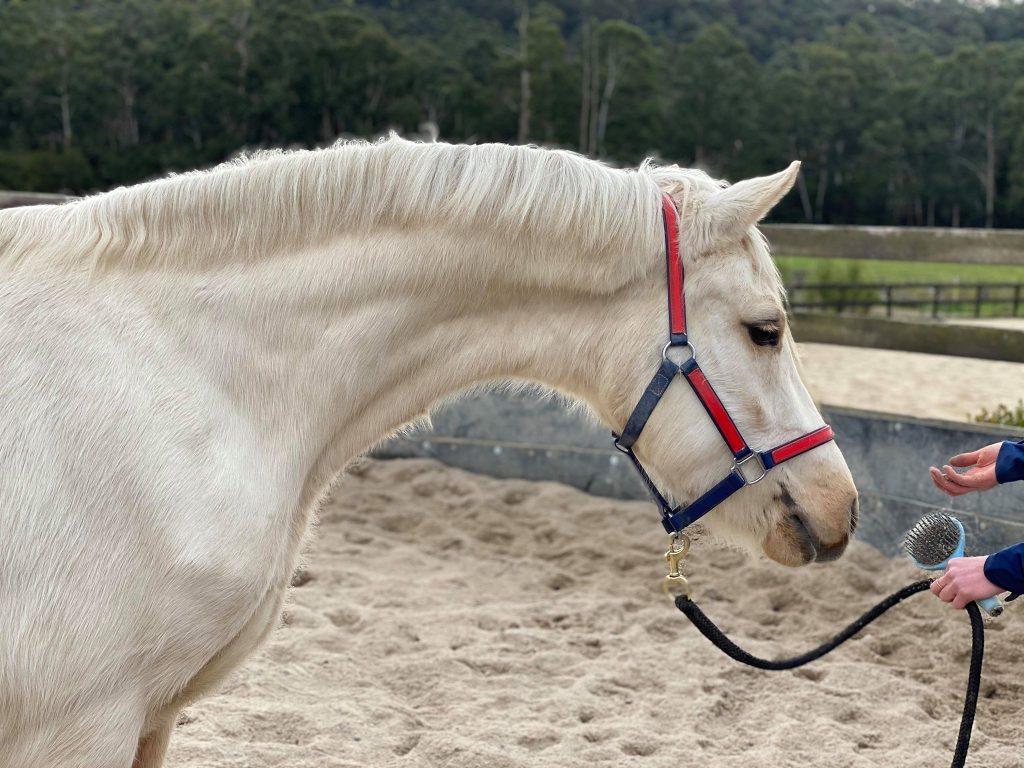
Mane Pulling with Steph Halligan
“A good mane makes for easy and neat plaiting”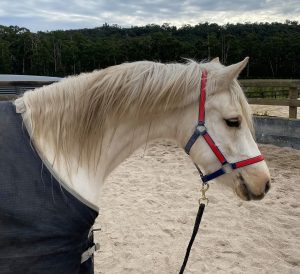
Desired Thickness
The ultimate desired thickness is in the hands of the plaiter! Some horses/ponies’ necks suit bigger plaits whereas others suit tiny delicate plaits. Some grooms also struggle to plait a mane that is too thin for their preference or too thick. So, keep this in mind when deciding on the final outcome. Some people also pull manes just for neatness or to keep their horses cooler in summer!
Stephs’ Top Tips
- Always make sure the mane is 100% dry.
- For a long and thin mane, trim it first, using either scissors, start at the bottom and cut upwards. Alternatively use an equine razor to trim off some of the length. Once you’ve got it shorter, then start pulling as usual.
- Start in the middle, then head towards the wither then back towards the head. Move around the areas if the horse is uncomfortable or not liking it being pulled in a certain area. Upper neck/poll area is particularly sensitive, and I tend to pull that area for short periods of time, going back and forth.
- For a really think and already short mane, do less teasing, grab hair from the middle of the mane and only tease it slightly, then pull bigger amounts. This prevents it getting too short and sticking up like a Mohawk!
- Pulling manes in winter is harder as their pores are closed. It takes more strength from the puller and is more uncomfortable on the horse. Exercise them first for at least 20 minutes or trot or canter work and the job will be easier for both of you! The hair comes out in summer much easier and exercise does not make a substantial difference.
Easy to Follow Steps
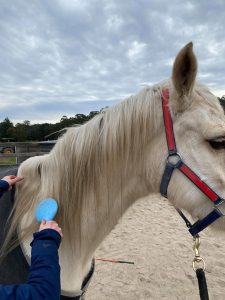

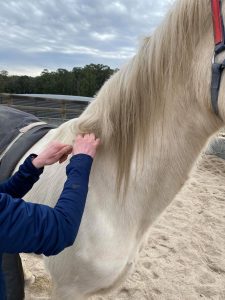

- Brush out any knots, using a pulling comb or a large mane/tail brush if the mane is exceptionally long and knotty.
- Starting in the lower quarter or middle of mane, hold roughly a 2cm chunk of hair in your left hand, with the comb in your right hand tease the hair upwards until you’re left with smaller amount in your left hand. How much you pull at a time depends on the horse, how thick its mane is and his/her level of tolerance. Still holding the hair in your left hand wrap it up and around the comb twice whilst still holding the comb firmly near the roots in your right hand. After you have wrapped the hair upwards, pull the comb downwards firmly. How firm you have to pull depends on how easy the hair comes out! Some horses you barely have to tug, others require more force.
- Continue this method slowly moving up and down the neck. If you pull in the same spot for too long at a time you’ll probably end up with a grumpy horse so I tend to move around a lot, if they start to get irritated, I move onto another spot and break it up a little. I usually like to start at the lower half of the mane, then work my way up to the poll and go back down and so on.
- Repeat the process until you get to the desired length and thickness. It is very much a personal preference what that is.
- Once you reach the desired “look”, run your fingers through the mane, starting at the wither. Run them from the roots down and move up the neck. Look for any sections that feel thicker or uneven. If you reach an area which is thicker than the rest, then pull a bit more out of that section until it feels even with the rest of the mane.
- Two or three days after a mane pull, I will wash the mane, this allows time for the pores to close over again and to wash away any scurf.
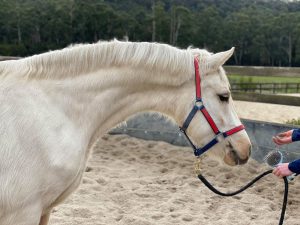
“How frequently the mane needs to be pulled depends on the horse. I tend to pull my own horses 3-4 times a year for a completion horse, or twice a year for a pleasure horse.”

